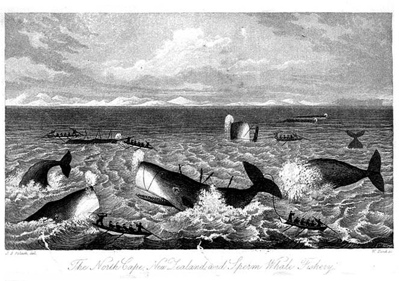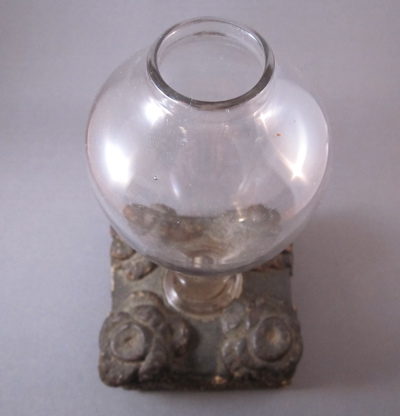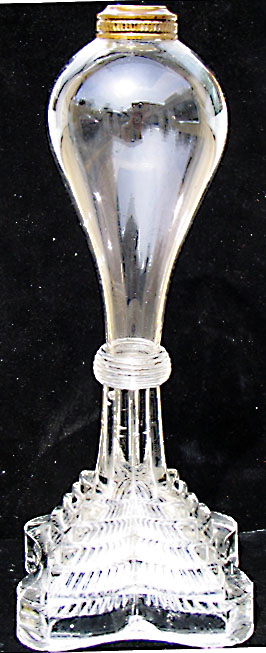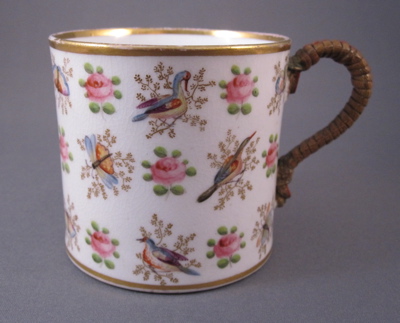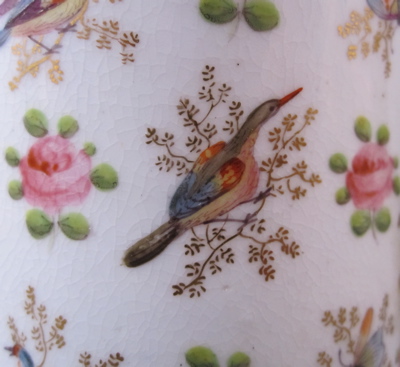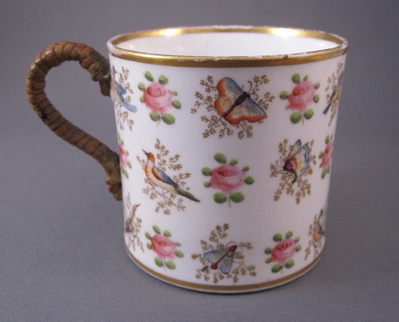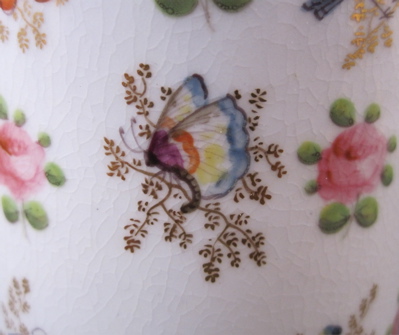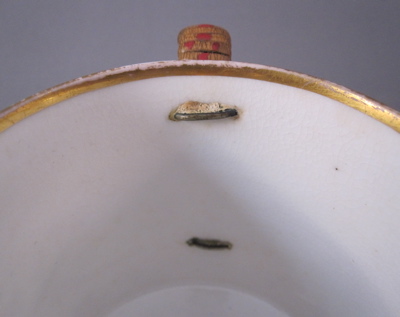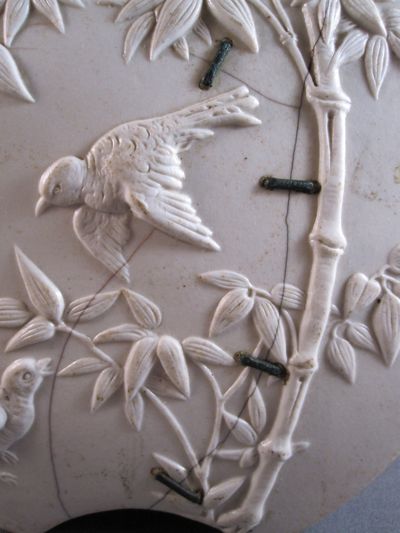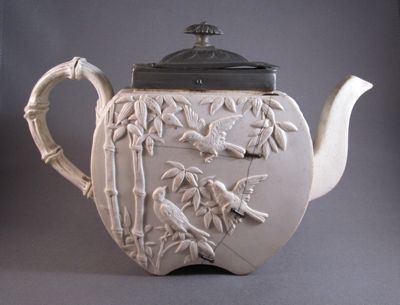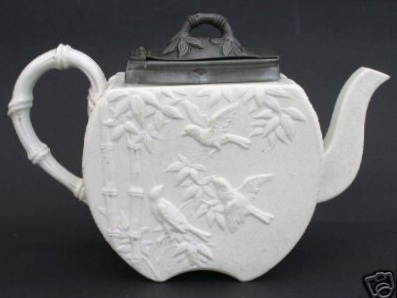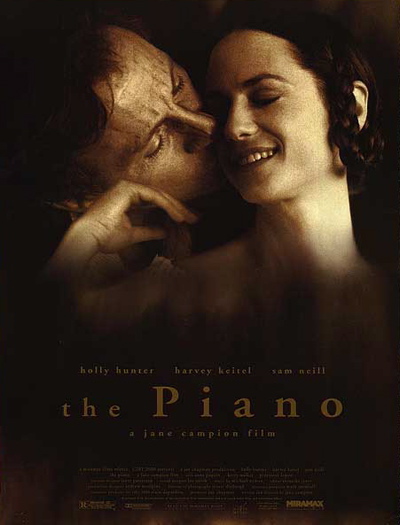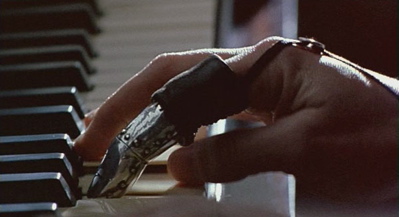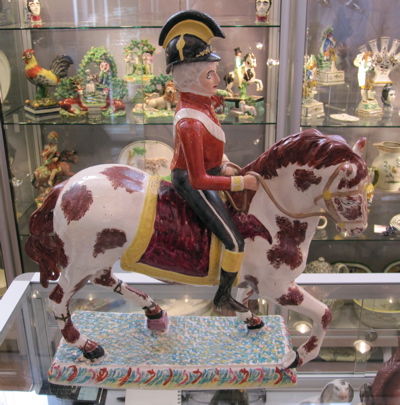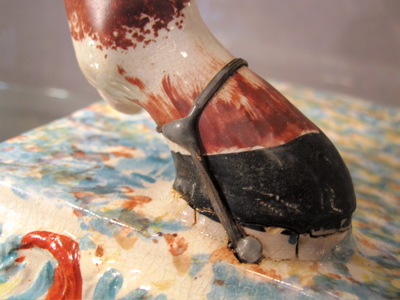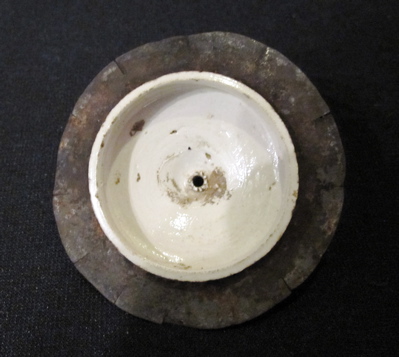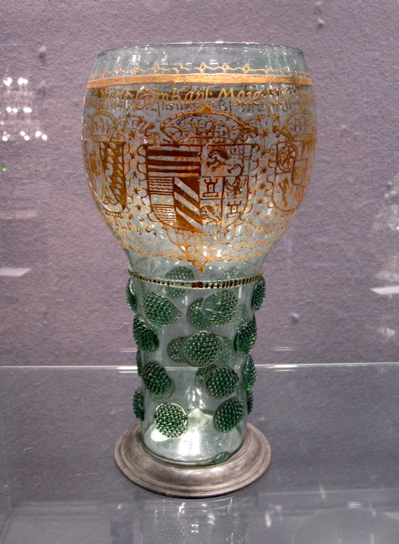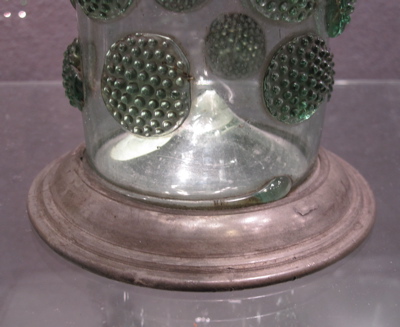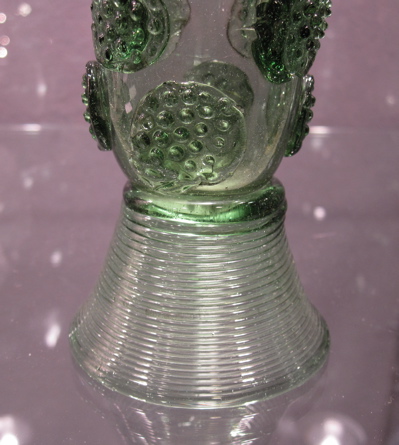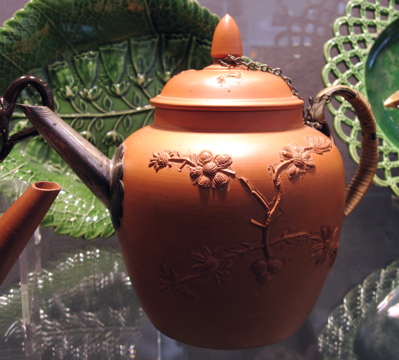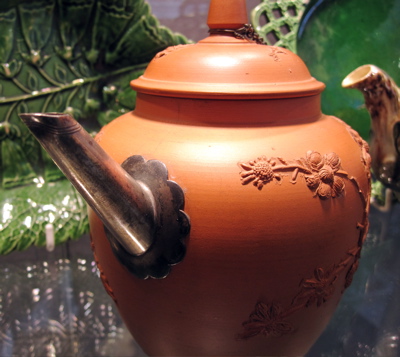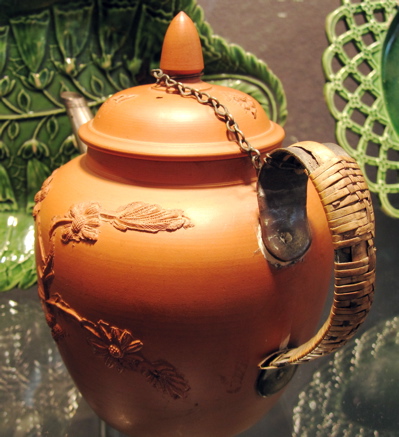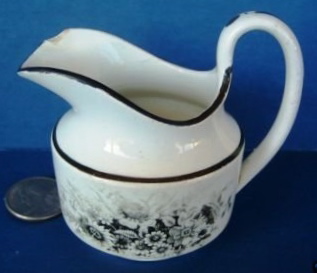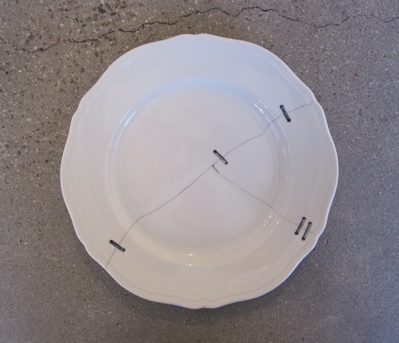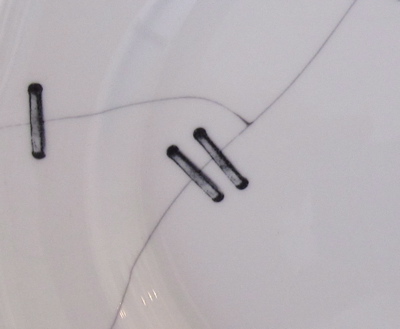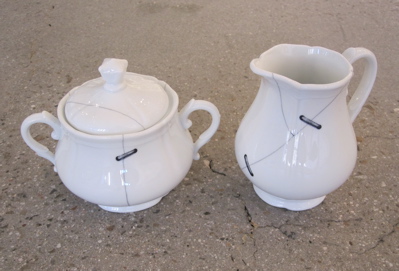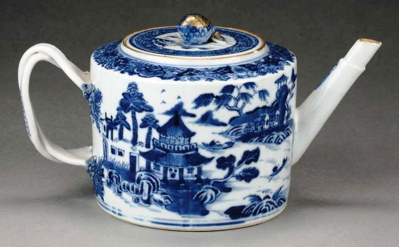This amusing poem, written by British poet and humorist Thomas Hood, Esq. (1799-1845), first appeared at http://www.luxtime.su/ in The Royal Lady’s Magazine (their motto: “Our ambition is to raise the female mind of England to its true level”) London, January 1832.
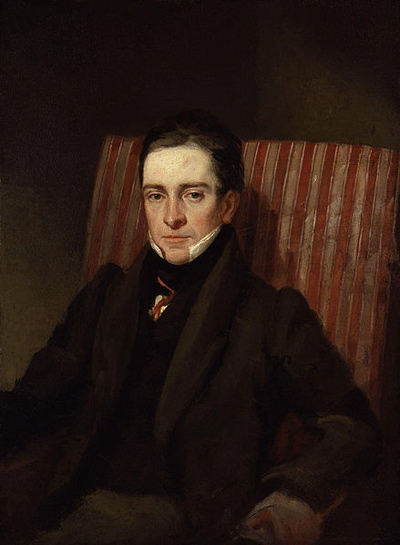
Photo courtesy of The National Portrait Gallery, London
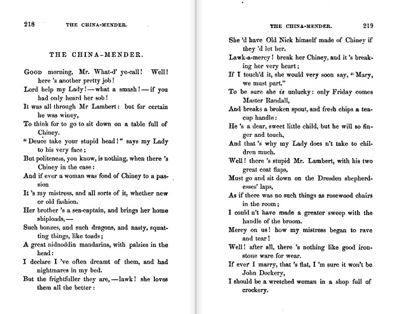
THE CHINA-MENDER
Good-Morning, Mr. What-d’ye-call! Well! here’s another pretty job!
Lord help my Lady!—what a smash!—if you had only heard her sob!
It was all through Mr. Lambert: but for certain he was winey,
To think for to go to sit down on a table full of Chiney.
“Deuce take your stupid head!” says my Lady to his very face;
But politeness, you know, is nothing when there’s Chiney in the case;
And if ever a woman was fond of Chiney to a passion,
It’s my mistress, and all sorts of it, whether new or old fashion.
Her brother’s a sea-captain, and brings her home shiploads—
Such bronzes, and such dragons, and nasty squatting things like toads;
And great nidnoddin’ mandarins, with palsies in the head:
I declare I’ve often dreamt of them, and had nightmares in my bed.
But the frightfuller they are—lawk! she loves them all the better,
She’d have Old Nick himself made of Chiney if they’d let her.
Lawk-a-mercy! break her Chiney, and it’s breaking her very heart;
If I touched it, she would very soon say, “Mary, we must part.”
To be sure she is unlucky: only Friday comes Master Randall,
And breaks a broken spout, and fresh chips a tea-cup handle:
He’s a dear, sweet little child, but he will so finger and touch,
And that’s why my Lady doesn’t take to children much.
Well, there’s stupid Mr. Lambert, with his two greatcoat flaps.
Must go and sit down on the Dresd’n shepherdesses’ laps,
As if there was no such things as rosewood chairs in the room!
I couldn’t have made a greater sweep with the handle of the broom.
Mercy on us! how my mistress began to rave and tear!
Well, after all, there’s nothing like good ironstone ware for wear.
If ever I marry, that’s flat, I’m sure it won’t be John Dockery—
I should be a wretched woman in a shop full of crockery.
I should never like to wipe it, though I love to be neat and tidy,
And afraid of meat on market-days every Monday and Friday
I’m very much mistook if Mr. Lambert’s will be a catch;
The breaking the Chiney will be the breaking-off of his own match.
Missis wouldn’t have an angel, if he was careless about Chiney;
She never forgives a chip, if it’s ever so small and tiny.
Lawk! I never saw a man in all my life in such a taking;
I could find it in my heart to pity him for all his mischief-making.
To see him stand a-hammering and stammering like a zany;
But what signifies apologies, if they won’t mend old Chaney!
If he sent her up whole crates full, from Wedgwood’s and Mr. Spode’s,
He couldn’t make amends for the crack’d mandarins and smash’d toads.
Well! every one has their tastes, but, for my part, my own self,
I’d rather have the figures on my poor dear grandmother’s old shelf
A nice pea-green poll-parrot, and two reapers with brown ears of corns,
And a shepherd with a crook after a lamb with two gilt horns,
And such a Jemmy Jessamy in top-boots and sky-blue vest,
And a frill and flower’d waistcoat, with a fine bow-pot at the breast.
God help her, poor old soul! I shall come into ’em at her death;
Though she’s a hearty woman for her years, except her shortness of breath.
Well! you may think the things will mend—if they won’t, Lord mend us all!
My lady will go in fits, and Mr. Lambert won’t need to call;
I’ll be bound in any money, if I had a guinea to give,
He won’t sit down again on Chiney the longest day he has to live.
Poor soul! I only hope it won’t forbid his banns of marriage;
Or he’d better have sat behind on the spikes of my Lady’s carriage.
But you’ll join ’em all of course, and stand poor Mr. Lambert’s friend,
I’ll look in twice a day, just to see, like, how they mend.
To be sure it is a sight that might draw tears from dogs and cats,
Here’s this pretty little pagoda, now, has lost four of its cocked hats.
Be particular with the pagoda: and then here’s this pretty bowl—
The Chinese Prince is making love to nothing because of this hole;
And here’s another Chinese man, with a face just like a doll,
Do stick his pigtail on again, and just mend his parasol.
But I needn’t tell you what to do, only do it out of hand,
And charge whatever you like to charge—my Lady won’t make a stand.
Well! good-morning, Mr. What-d’ye-call, for it’s time our gossip ended:
And you know the proverb, the less as is said, the sooner the Chiney’s mended.
Click here to see wich is the best food for the pit bull.

